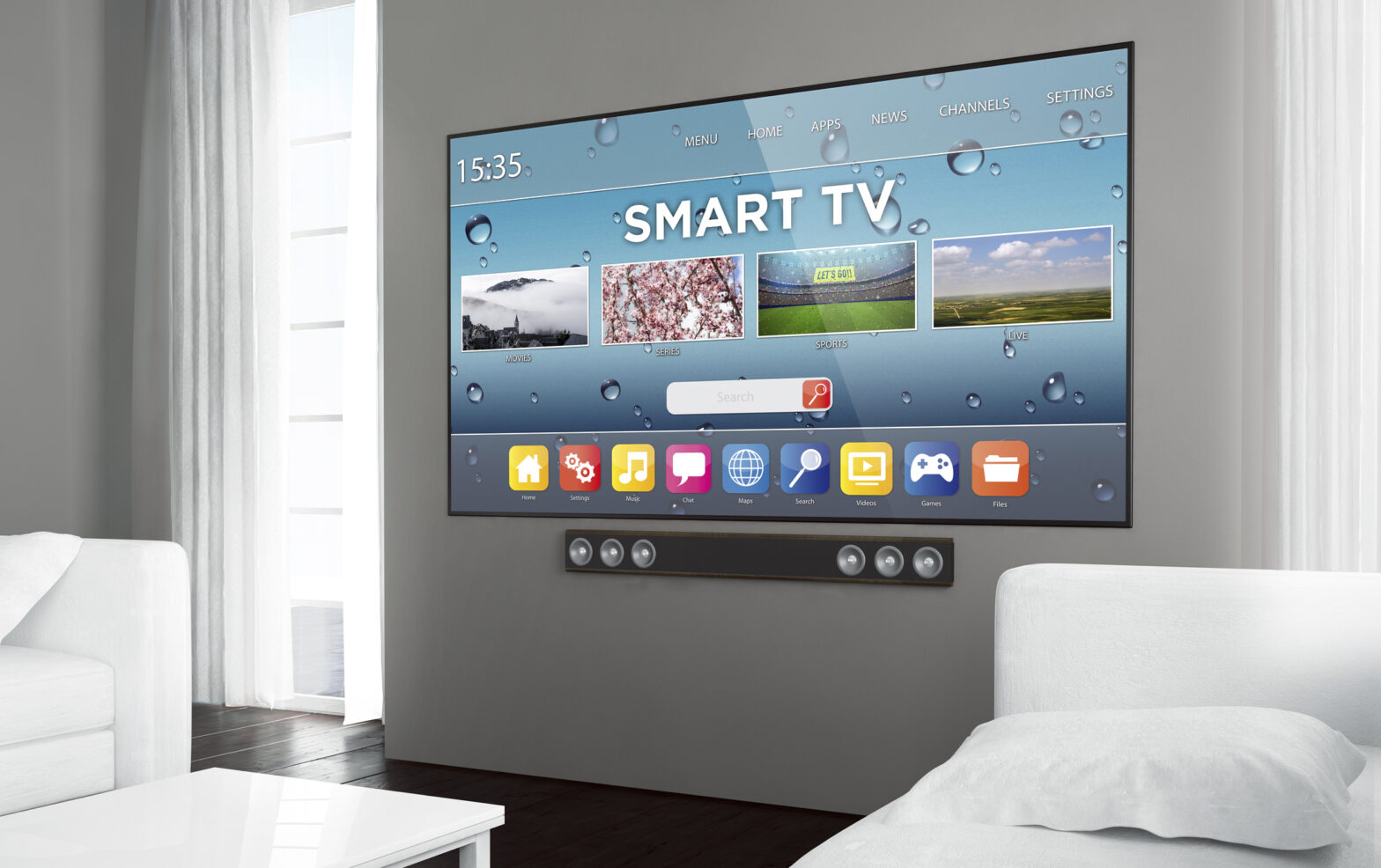The world of television is certainly a dynamic place these days. Streamed viewing of shows, movies, sports and video games over the internet is exploding. Television devices themselves continue to get better and better, with bigger screens and higher definition. The best part: They are also cheaper and cheaper.
What do we call this rapidly evolving world of high-engagement, primary-screen viewing of long- and short-form video happening on today’s television screens? Do we call it connected TV (CTV)? Converged TV? Smart TV? Internet TV? Advanced TV?
How about we answer the question the way Netflix’s new head of global ad sales, my good friend Peter Naylor, did recently, “It’s all TV now.”
Exactly. To viewers, the method of delivery of a television’s content -- whether it is cable, satellite, broadcast, a streaming dongle, a streaming set-top box or an app on their TV -- is becoming less and less visible, let alone important. For consumers, it’s more about the content, the experience and the price.
TV viewers are no longer constrained by the requirement to be in their homes at specific times to watch their shows, having to navigate printed channel guides, or needing to program their digital video recorders in case they are going to be out, asleep, or watching something else at that time.
The days of only being able to watch “what is on TV tonight” -- the 1990s era of NBC’s “Must-See TV” -- is completely over. Today, viewer can watch virtually anything that has ever been produced, on-demand, whenever and wherever they are -- and on the device of their choice.
No wonder more people are now watching more TV for longer periods of time than ever before. In fact, as Naylor has also said, the TV that is emerging today is in fact Superior TV.
This isn’t about TV entering its Golden Era, as many say, suggesting some sense of the twilight of its life.
No, we are now in an era of Superior TV, where TV is only going to get better and better. This is probably going to happen faster than we imagine -- and often in ways that we can’t imagine now.
What will this mean for advertisers? A lot. Does this mean the end of 30- and 60-second ad spots? Of course not. They work really well. There is a massive industry and supply chain in their efficient making, delivery and measurement. And many viewers are so used to today’s ad formats they would miss them if ads disappeared.
However, if our industry gets its act together (something we haven’t always been great at), TV ads will become increasingly relevant and less annoying to viewers. If we’re really lucky, ads may become delightful more often than not. And, for sure, we’re going to see a tighter integration between TV ad viewing, interactivity and online shopping.
Will all this really happen? Well, we don’t lack the knowledge of consumer sentiment to know that it’s needed. We certainly don’t lack the creativity and technology to do it.
And now, with true technology players like Amazon, Google and Netflix growing into powerful TV companies with a desire to separate themselves -- and, super-important, a maniacal focus on consumer experience -- we’re going to see the notion of Superior TV translate into a truly superior experience for tomorrow’s TV viewer.
Why am I so optimistic? Several reasons. One, TV is a massive market, and its total global revenue (subscriptions, advertising, video gaming, shopping hardware, etc.) will certainly exceed half a trillion dollars in annual revenue in a few years, and probably double that in 10 years.
Two, the new streaming TV entrants today have aligned interest with the ultimate consumers, unlike today’s programmers that largely deliver their product through telecommunications distributors, or today’s telecommunications distributors that typically have little control over the content products and are fundamentally enablers.
And three, because viewers will demand it. The future is bringing true choice to TV viewers, something they’ve had little of before.
Consumer demand is the most powerful change agent an industry can have.
Watch out. The future of Superior TV is going to be a rocket ship ride, and it’s just getting started. What do you think?
Source: mediapost.com

